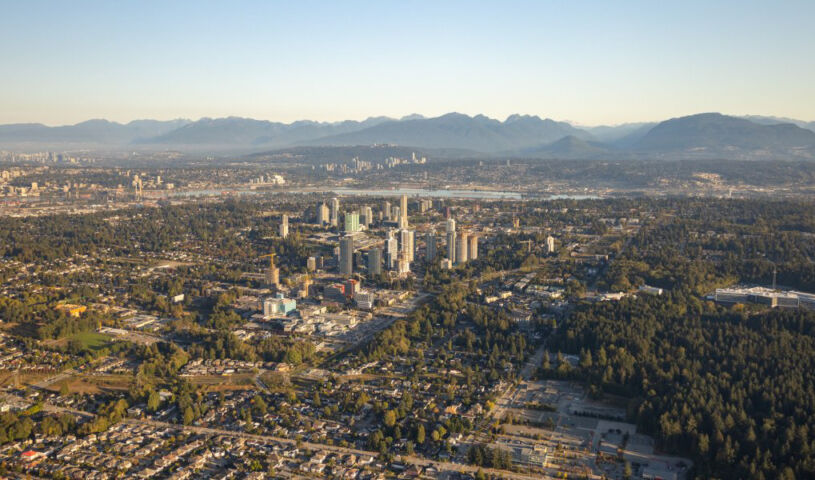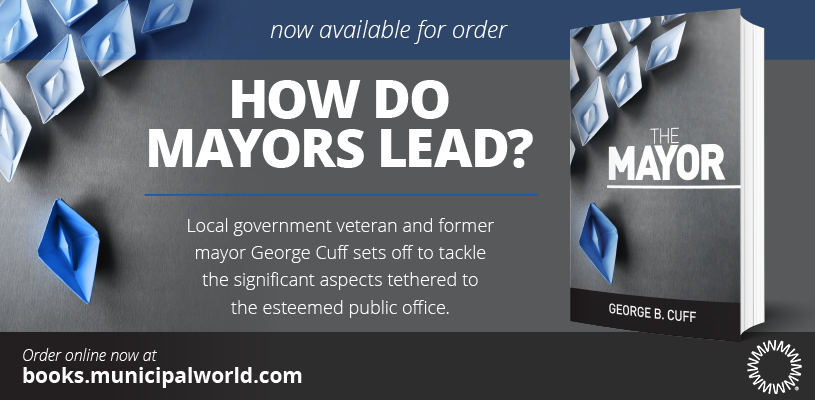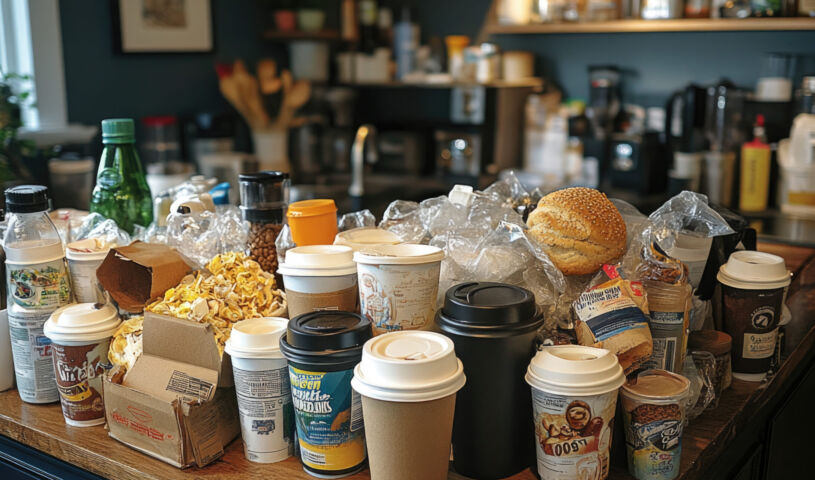Surrey launches homelessness prevention and response plan
 Surrey, Metro Vancouver’s second biggest city, recently unveiled it’s plan to tackle homelessness in the city. The Pathway to Home: Surrey Homelessness Prevention and Response Plan will steer the city’s actions and decisions over the next five years. Photo: City of Surrey
Surrey, Metro Vancouver’s second biggest city, recently unveiled it’s plan to tackle homelessness in the city. The Pathway to Home: Surrey Homelessness Prevention and Response Plan will steer the city’s actions and decisions over the next five years. Photo: City of Surrey
Surrey, Metro Vancouver’s second biggest city, recently unveiled it’s plan to tackle homelessness in the city. The Pathway to Home: Surrey Homelessness Prevention and Response Plan will steer the city’s actions and decisions over the next five years, working toward a vision of a future Surrey with a functional end to homelessness.
The plan aims to create clear pathways out of homelessness toward stable, permanent housing options. It concentrates on non-market housing – emergency shelters, supportive housing, transitional housing, and independent living – to ensure options are available for people experiencing or at-risk of homelessness.
Commitment to Ending Homelessness
In a statement introducing the plan, Mayor Brenda Locke said the city is committed to ending homelessness but needs help from the provincial and federal governments.
“The City of Surrey is committed to championing our vision of a functional end to homelessness,” Locke said. “But we cannot do it alone. Partnerships and funding commitments with the provincial and federal governments, BC Housing, and the Canadian Mortgage and Housing Corporation, and the many non-profit housing and service providers that operate in Surrey are key for the plan’s success.”
The plan report states that achieving a “functional end to homelessness means homelessness in Surrey would no longer be recurring or long-lasting.”
Homelessness has been increasing across Metro Vancouver in recent years. Surrey has been notably impacted – with a 65 per cent increase in the number of people experiencing homelessness since 2020, according to the city’s plan report. Surrey has the second highest prevalence of homelessness in the Metro Vancouver region. According to the 2023 Point-in-Time Count, at least 1,060 people in Surrey were in urgent need of housing and experiencing homelessness. However, calculating the real number of people experiencing homelessness is challenging, and there may likely be many more people struggling to find stable housing.
The plan’s report states that most peoples’ first experience of homelessness occurs in their youth. Racialized people, Indigenous Peoples, those identifying as 2SLGBTQIA+, and increasingly seniors, are all disproportionately represented in the population experiencing homelessness.
“We need to focus on services that will support people through transitions in their lives; provide individual, rather than one-size-fits-all solutions; and ensure housing and services are culturally appropriate and safe,” said Locke.
Shelters Under Pressure
Despite the growing need, Surrey does not have enough shelters and centres that help unhoused people are struggling to stay open. BC Housing tracks an inventory of beds and units in projects it supports financially across the province. In Surrey, this includes 4,631 shelter beds, transitional and supportive housing units, and affordable rental units.
The city is under-served compared to the rest of Metro Vancouver. Surrey currently has one non-market unit per 134 residents compared to one non-market unit per 59 residents in Metro Vancouver. Those pressures are only likely to increase. In September, the Cove Healthy Living Facility announced it would be closing its doors after running out of funding. The centre provided meals, showers, and laundry for unhoused people in Surrey.
The facility opened in 2022 with a one-time grant from the Union of B.C. Municipalities. But that money ran out and neither municipal or provincial government has provided additional funds.
“Understanding the complex, interrelated challenges that some individuals face is a reminder that we need innovative solutions that address both the health and housing needs of individuals experiencing or at risk of homelessness,” said Locke.
In 2022, council approved the city’s strategic approach to the homelessness prevention and response plan. Work to put it together began in March 2023, with background research, quantitative data collection and analysis, and engagement strategy preparation.
Housing Shortage Increasing
Despite the significant increase in homelessness, Surrey remains underserved in terms of non-market housing units per capita compared to the Metro Vancouver region. The region has an average of one non-market unit per 59 residents, whereas Surrey has less than half the proportion of non-market units per resident at one non-market unit per 134 residents.
Like many Canadian cities, the cost and availability of housing in Surrey has not kept up with demand, and that’s pushed up prices. The cost of rental housing has been increasing year-over-year since 2014. Average rents increased by 74 per cent between 2015 and 2023. Meanwhile, vacancy rates remain around 1.5 per cent.
Vacant units in Surrey are 28 per cent more expensive than occupied units. “Considering all unit types, the median rent for vacant units in Surrey is $2,015 compared to $1,542 for rented units,” the report reads.
Indigenous Homelessness
The city also says it wants to increase the stock of Indigenous housing through partnerships with the local land-based First Nations and Surrey Urban Indigenous Leadership Committee (SUILC). In addition, it plans to partner with Indigenous housing providers to create more opportunities for Indigenous-led housing developments.
According to a 2022 report from SUILC, Indigenous people in Surrey face homelessness at a rate far higher than the general population.
“At least 635 Indigenous individuals are estimated to have experienced homelessness in Surrey as of 2020, a rate of 1 in 26 Indigenous people living in Surrey compared to 1 in 239 non-Indigenous people,” the report reads.
In 2023, SUILC called for 800 affordable housing units for single-parent Indigenous families to be built in Surrey by 2031. “Social housing investment targeted to single-parent families is one of the most effective levers we have to dramatically improve the lives of Indigenous children living in poverty,” a recent report from SUILC reads.
More broadly, SUILC says there is a need for at least 1,880 “deeply affordable rental housing units” for Indigenous families in Surrey.
“There is an urgent need to act. More deeply affordable non-market units – led by and in collaboration with Indigenous organizations – are needed to create exit pathways for those experiencing homelessness,” SUILC’s 2022 report reads. MW
✯ Municipal World Executive and Essentials Plus Members: You might also be interested in Janet-Lynne Durnford’s article: Community resilience in a housing crisis.
Ibrahim Daair is staff writer at Municipal World.
Related resource materials:
- Transit in Metro Vancouver could face major cuts, TransLink warns
- Vancouver’s Gastown goes car free this summer
- Sustainable, responsible, available net-zero transportation now



